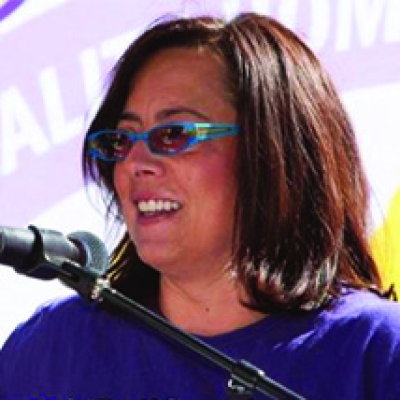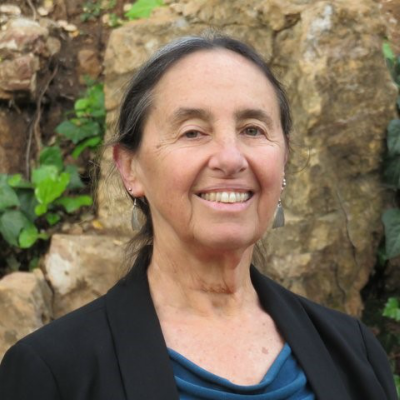A Changing Climate Means A Changing Society. The Island Press Urban Resilience Project, Supported By The Kresge Foundation And The JPB Foundation, Is Committed To A Greener, Fairer Future.
While the largest fires are now under control, blazes are still raging across California. And Californians are still reeling from the latest round of power shutoffs initiated by PG&E, the electric utility. Worse, PG&E’s CEO, Bill Johnson, says shutoffs are likely to continue for the next 10 years.
The shutoffs were intended to prevent another catastrophic wildfire for which PG&E could be held liable. As Johnson has said, “We faced a choice here between hardships on everyone or safety, and we chose safety.”
Safety for whom? While the risks of wildfire are real, PG&E executives are not considering the significant safety and health impacts of a widespread, days-long power outage on people with chronic illness, children and the elderly. And when they advised customers to “find an alternative source of power,” they appear unaware that only the wealthy can afford generators or solar power with battery backup.
It is critical that electric utilities like PG&E — and the government agencies that oversee them — consider these impacts before they turn off electricity in the name of “safety”:
First, about four million US residents rely on electricity-dependent medical equipment. Millions more take medications (such as insulin) that may lose their potency if they are not refrigerated. For these individuals, power outages are potentially life-threatening disruptions. Local governments and utility companies need to improve targeted notification systems for people who are electricity-dependent. During the recent shutoffs, some vulnerable people received warnings too late for effective action. PG&E says that it encourages those who rely on electricity-dependent medical equipment to plan backup power and seek help from neighbors, but many — especially elderly, isolated and homebound individuals — do not have those options.
The shutoffs increased health risks in other ways, too. They precipitated extensive use of portable and back-up generators, which produce particulate matter and compounds that increase ozone production, increasing the risks of asthma attacks.
Dozens of school districts cancelled classes due to power outages, leaving tens of thousands of children without care unless parents missed work. For many parents, missing days of work can lead to job loss. And many children go hungry without school breakfasts and lunches.
Restaurants were asked to shut down during the shutoffs, due to real concerns about food safety without refrigeration. The loss of several days’ wages for low-wage restaurant workers can mean the difference between rent payment and homelessness.
Fortunately, the recent PG&E outages did not occur in the midst of an extreme heat event. If that happens, which is more likely in a warming world, the loss of air conditioning would significantly increase the risk of heat illness — and even death — for the elderly and chronically ill.
These issues must be addressed with urgency, as these risks are amplified each time PG&E decides to throw the switch. This will require a level of collaboration not yet seen among utilities and local and state agencies.
It also requires collaboration with those on the front lines: workers, unions, and community-based organizations. For example, neither PG&E nor local governments have the capacity to conduct outreach to all electricity-dependent individuals to ensure that there are plans in place for their safety, nor to help the many others impacted by electricity outages.
With appropriate training and support, home health care workers could help fill this void. These workers care for the most vulnerable among us, care deeply about their clients, and deserve and want the training required to fully protect their clients in emergencies. Better integration of home health care and other frontline workers into emergency planning and response would go a long way toward increasing community resilience and response capacity for all emergencies.
Today’s fires and evacuations are yet another reminder that Californians must find ways to adapt to the new normal of climate change. In this hotter, more dangerous world, “choosing safety” means considering the safety and well-being of everyone — including children, the elderly, people with chronic illness and low-wage workers. Those most at risk must have the information — and the power — to be part of the solution.




